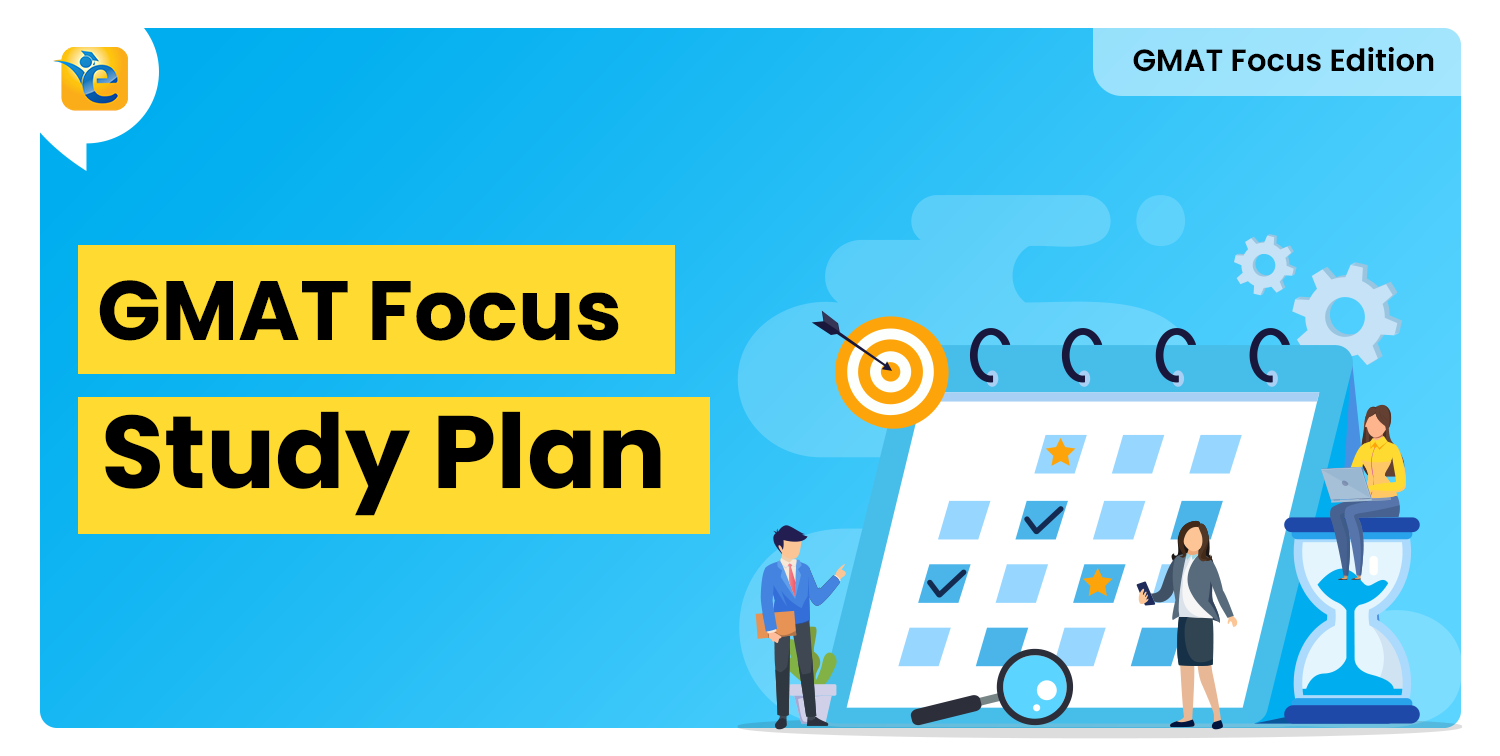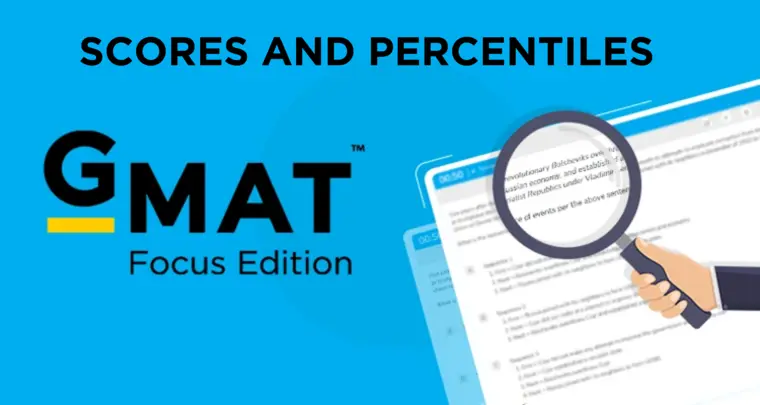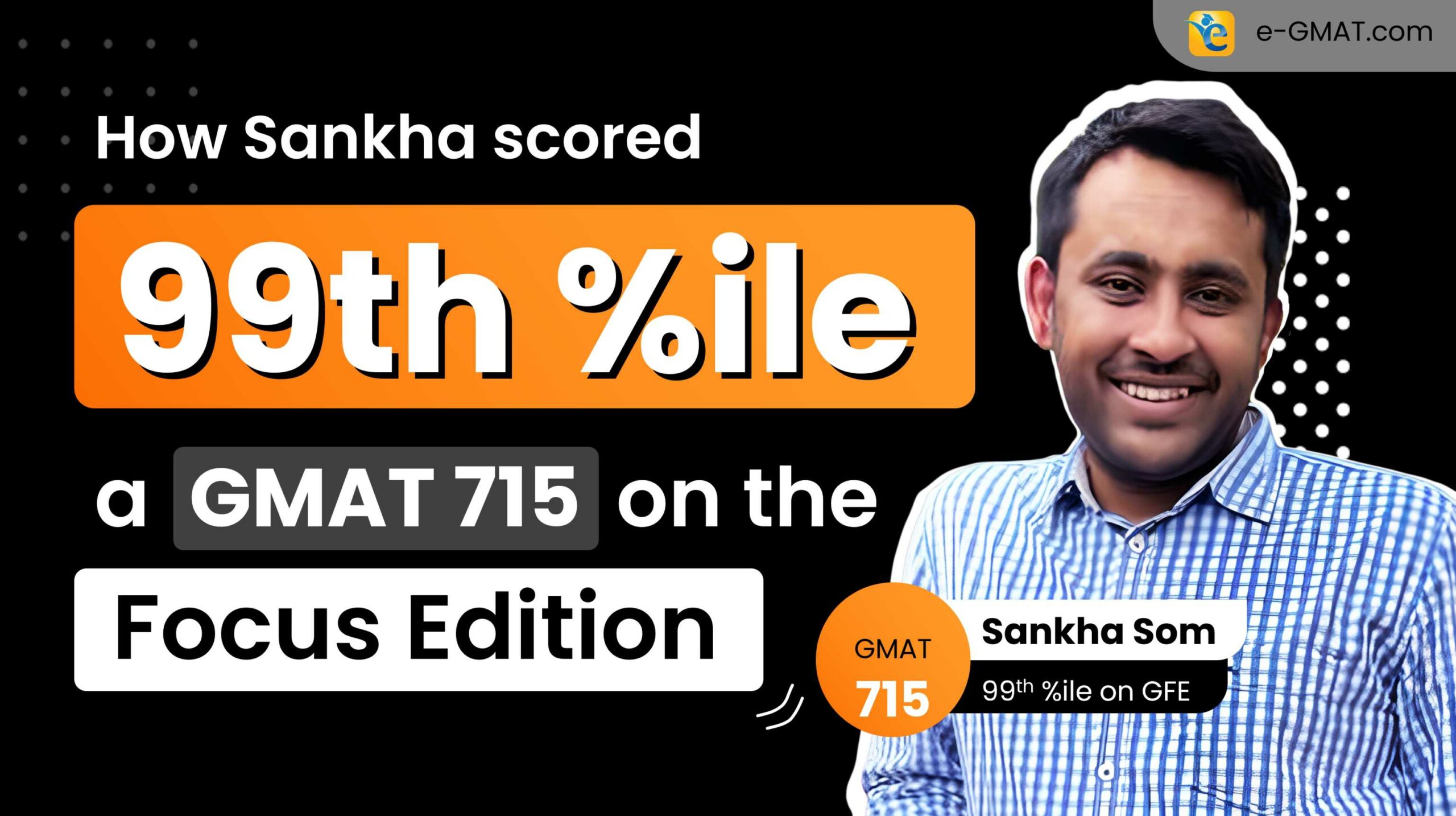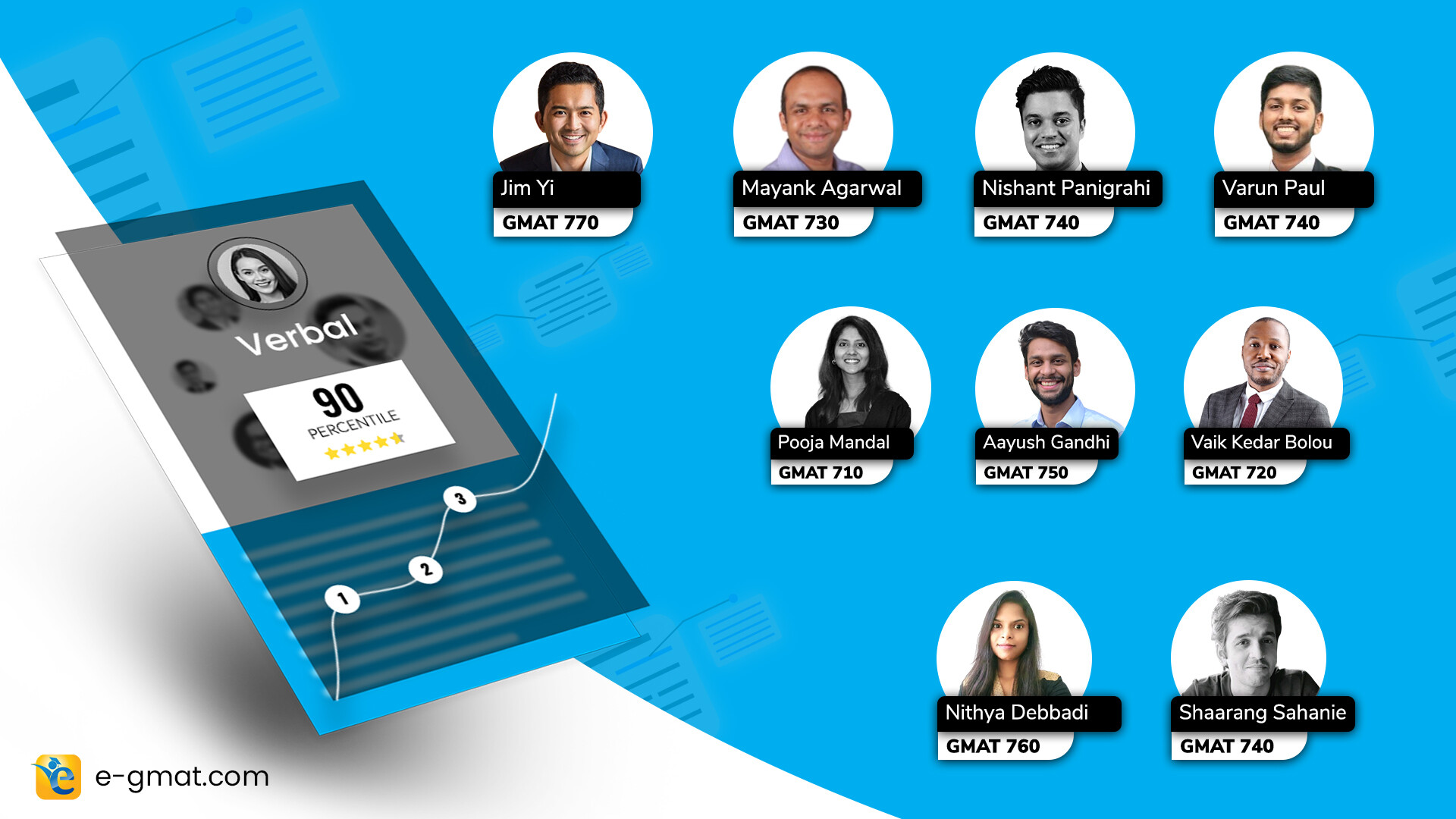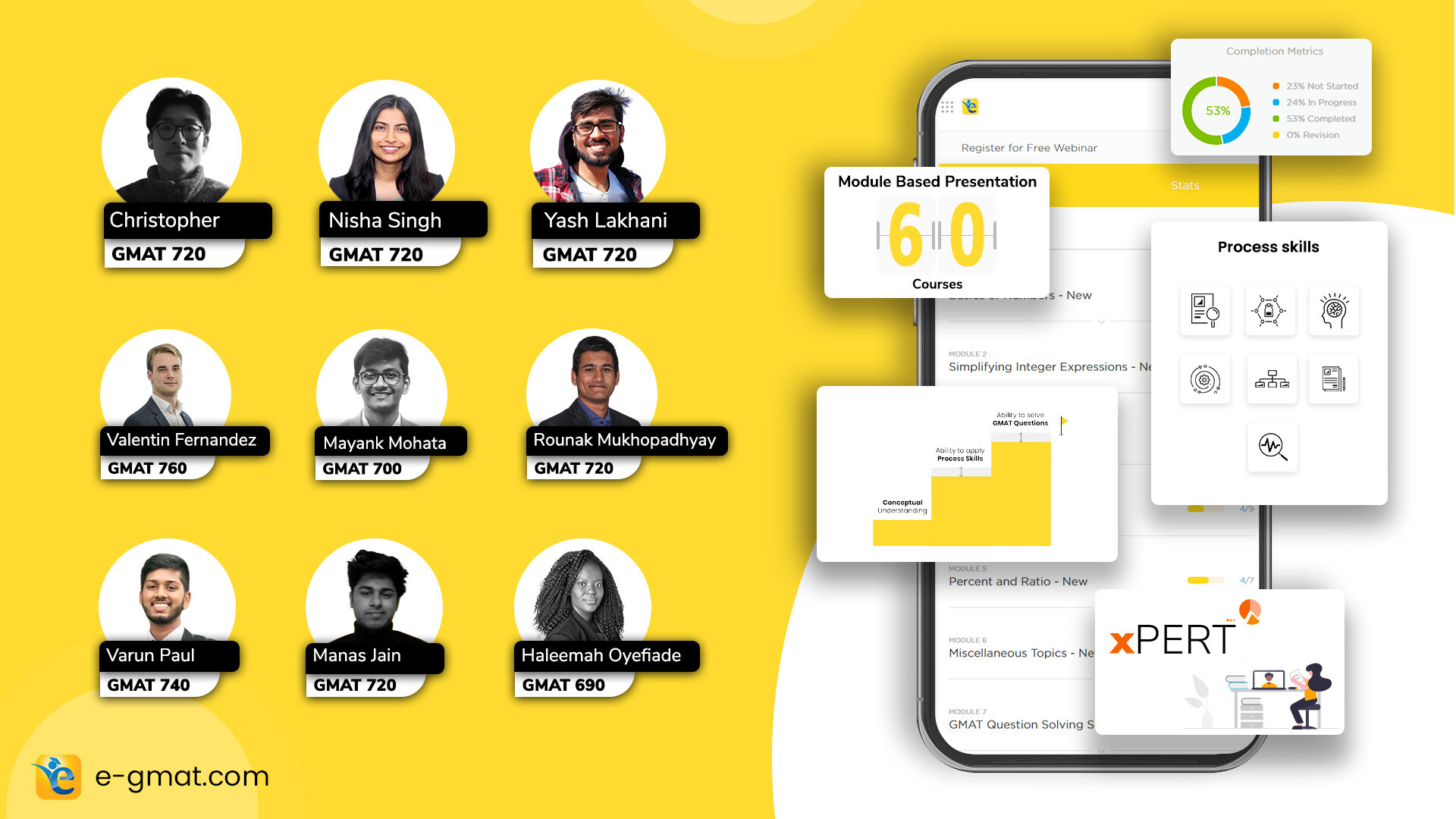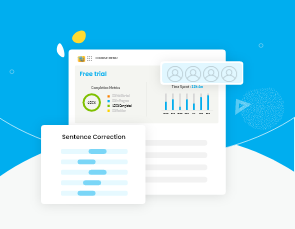Three minutes left. Three questions remaining!
You’re scrambling again, despite solid preparation and knowing the concepts. You’ve tried everything – shortcuts, speed drills, more practice. Nothing fixes the time crunch.
What if those lost minutes vanished in your opening questions, before you even noticed?
What if those lost minutes vanished in your opening questions, before you even noticed? There’s a hidden phenomenon affecting nearly every test-taker: cognitive rustiness. Understanding and addressing this could be the key to finally solving your timing struggles.
Key Takeaways from This GMAT Timing Guide:
Most test-takers lose 3-5 minutes to “cognitive rustiness” in their opening questions. This guide reveals:
- Why your brain needs warm-up time before peak performance
- How rustiness creates a cascade effect that destroys section timing
- The data-backed evidence proving this phenomenon is real
- A strategic warm-up protocol to eliminate the rustiness penalty
Understanding and addressing cognitive rustiness could be the missing piece in your timing strategy.
⏱ TIMING STRUGGLES? YOU’RE NOT ALONE
Complement your timing strategy with our comprehensive GMAT preparation resources including adaptive mock tests, personalized pacing guides, and expert timing frameworks that go beyond warm-up techniques.
The Hidden Time Thief
Timing problems usually stem from obvious culprits: process inefficiencies, concept gaps, and decision paralysis.
Valid concerns, all of them. But there’s a factor that flies completely under the radar: rustiness.
Ever notice you only hit your stride after several questions? Like a Formula 1 car reaching operating temperature, your brain doesn’t perform at peak capacity the moment you start. This rustiness—the initial lag when beginning complex tasks—steals 3-5 minutes from your opening questions through:
- Shift into problem-solving mode
- Activate dormant knowledge patterns
- Build momentum with strategies
- Establish question-processing rhythm
Most test-takers experience this but misdiagnose it. They blame question difficulty or test anxiety when the real culprit is simply starting cold.
The Cascade Effect of Starting Cold
Here’s how rustiness creates a domino effect that destroys your timing:
- Minutes 0-8: Rustiness costs 3-5 minutes. You’re reading questions twice, calculations feel labored, and you make preventable errors
- Minutes 9-35: Finally at full speed, but already behind schedule
- Minutes 36-45: Time pressure forces impossible choices – rush and risk errors, or leave questions blank?
This isn’t just theory – it’s the lived experience of thousands of test-takers who can’t understand why they consistently run out of time despite knowing the material.
The Data That Proves It Matters
Recent data from a GMAC summit analyzing thousands of official test attempts reveals just how real this phenomenon is:
⚡ GMAC Data Analysis Results
- Test-takers review Question 1 far more frequently than any other question—4.5× more often than questions in the middle of the section
- Questions 2–3 still see 3,000–3,500 review instances each
- Students spend 70–90 extra seconds reviewing early responses
Why? Test-takers instinctively know something’s off — they’re not yet at peak performance.
⭐ The kicker: When students review Question 1, they correct errors ~72–74% of the time. Questions 2–5 maintain ~69–70% success rates. These weren’t knowledge gaps — they were rustiness-induced mistakes.
How to Spot Rustiness in Your Performance
The pattern is unmistakable once you know what to look for. During your opening questions, you’ll notice:
- Reading questions multiple times before they “click”
- Labored calculations with more errors than usual
- Slower formula and concept recall
- Overcomplicating your approach unnecessarily
Watch your next practice session carefully. If your initial questions consistently take longer than your average pace, then your speed normalizes once you’re warmed up – that’s rustiness at work.
It’s like a runner’s first mile – initially stiff and awkward, then flowing smoothly once warmed up. Once you overcome rustiness, your solving speed settles into its natural, efficient rhythm.
⭐ Key Insight: Rustiness isn’t mysterious—it’s your brain’s retrieval system needing activation. When you actively solve problems before the test, you’re pre-loading your working memory with the exact cognitive patterns you’ll need: formula recognition, calculation fluency, logical reasoning structures.
Think of it as opening all the mental file drawers you’ll access during the test, rather than forcing your brain to locate them under time pressure.
The Solution: Strategic Warm-Up Protocol
Just as athletes never compete cold, your brain needs a proper warm-up before tackling GMAT questions.
Here’s the structured approach that eliminates the rustiness penalty:
⚡ Strategic Warm-Up Protocol
Question-Based Activation:
Solve 2 answered questions from each relevant subsection before starting.
For example, for the Verbal section:
- 2 answered CR questions
- 1 answered RC passage
For just a CR quiz:
- 2 answered CR questions only
⚠️ Critical: Use answered questions you’ve seen before. This isn’t practice – it’s activation. You’re getting your mental engine to operating temperature.
During warm-up:
- ✅ Follow your standard solving process exactly
- ✅ Focus on rhythm, not correctness
- ✅ Use normal approaches, no shortcuts
- ✅ Build pattern recognition and speed
Environmental Optimization:
Your physical state directly impacts cognitive performance:
- ✅ Set up your workspace identically to test conditions
- ✅ Ensure proper alertness and hydration
- ✅ Eliminate all distractions
- ✅ Get into a test-taking mindset
⏱ Timing matters: Execute your warm-up 10-30 minutes before starting. Too early, and the effect fades. Too late, and you’ll feel fatigued.
❓ Ready to Test Your Current Timing?
Take our adaptive SigmaX Mock Test to get a precise assessment of your current timing performance. Track your pace question-by-question and identify exactly where rustiness impacts your performance.
The Bottom Line
Rustiness affects everyone who starts cold. Elite athletes warm up. Musicians warm up. Yet GMAT test-takers jump in cold and wonder why timing suffers.
The fix is simple: warm up your brain before the timer starts.
Your Protocol:
- Complete 2-3 question warm-up
- Set the environment properly
- Start at a natural pace, not sluggish
- Save those 3-5 minutes that rustiness steals
- Finish comfortably
Your next practice: Implement the protocol. Track your pace throughout. The difference will be obvious.
⭐ Key Takeaway: The warm-up effect is real, measurable, and preventable. Don’t let it steal your time anymore.
⭐ Master Your GMAT Timing Strategy
Ready to eliminate timing struggles beyond just warm-up? Access our comprehensive timing strategies:
- ✅ Section-specific pacing guides
- ✅ Question-type timing frameworks
- ✅ Adaptive mock tests for timing practice
- ✅ Personalized pacing strategies
- ✅ Live timing workshops


